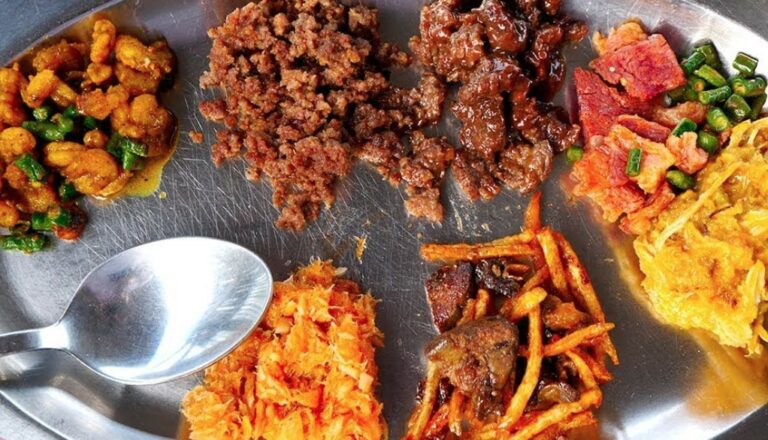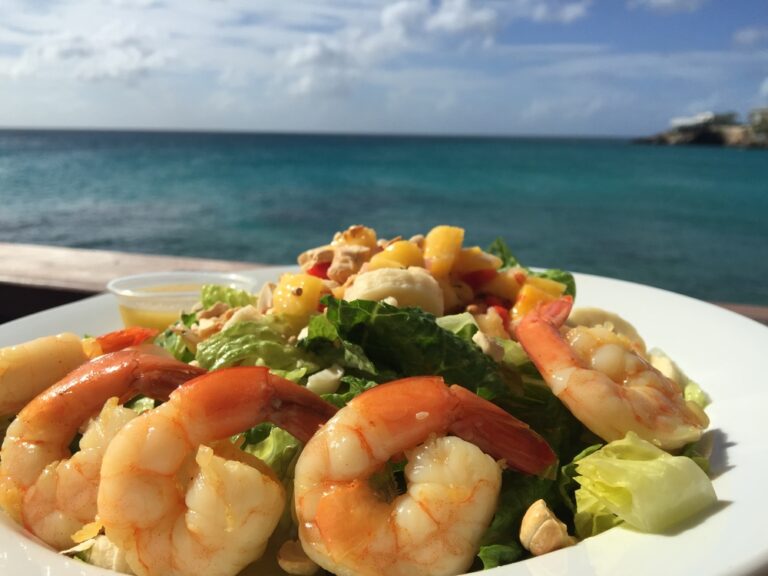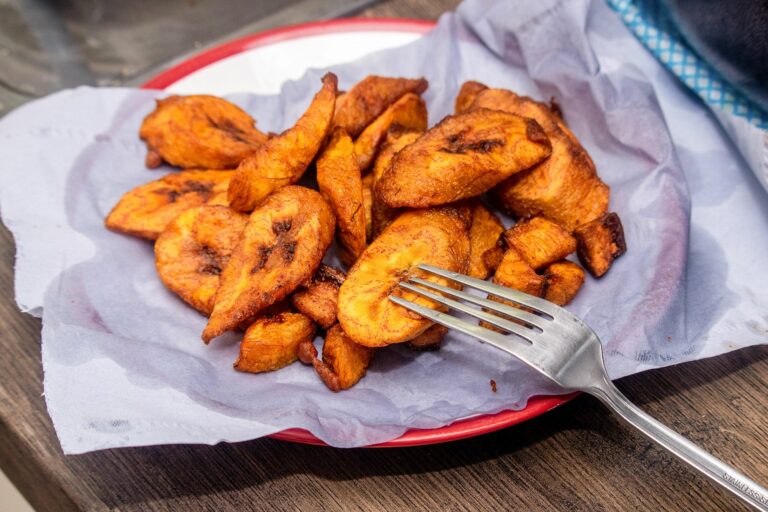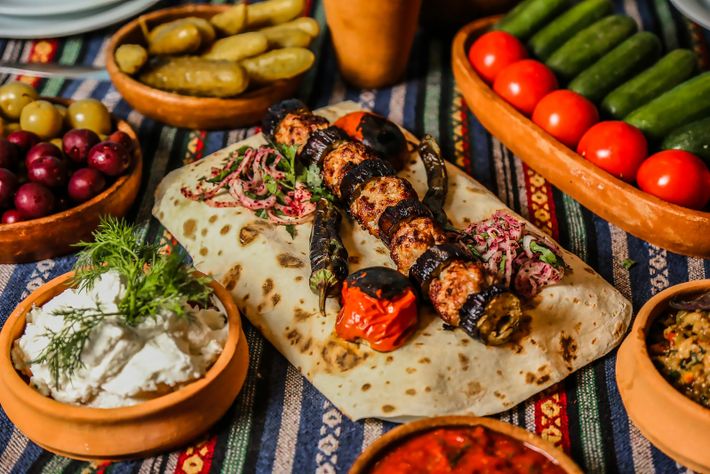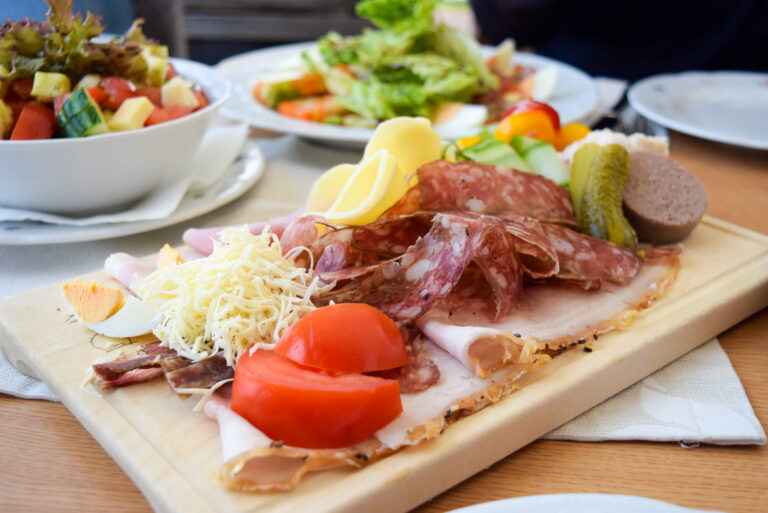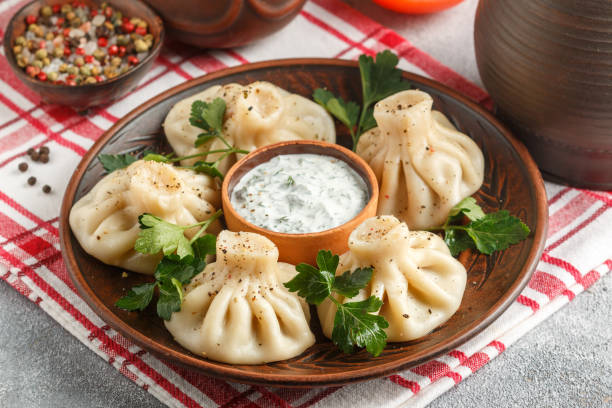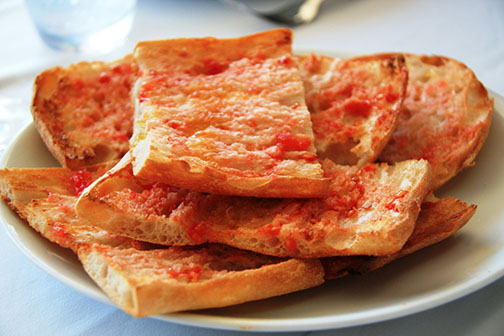Introduction: Surinamese cuisine
Surinamese cuisine is a unique blend of African, Asian, European, and Indigenous influences that have developed over centuries. Suriname, located on the northeast coast of South America, is a melting pot of cultures due to its history of colonization, immigration, and trade. Surinamese cuisine reflects this diversity, as it combines ingredients and cooking techniques from various regions of the world.
Historical influences on Surinamese cuisine
Suriname’s history has played a significant role in shaping its cuisine. The country was first inhabited by Indigenous peoples who hunted and gathered food from the forests and rivers. Later, the Dutch colonized Suriname in the 17th century and brought with them African slaves to work on plantations. These slaves introduced their cooking techniques, spices, and ingredients to the local cuisine. Additionally, Suriname was a major trade hub for spices and other food products, which introduced new ingredients and flavors to the region.
Cultural influences on Surinamese cuisine
Surinamese cuisine is heavily influenced by its diverse population, which includes descendants of African slaves, indigenous peoples, and migrants from Asia and Europe. Surinamese dishes often combine elements of different culinary traditions, such as Indian curries with Indonesian-style satay and Dutch stamppot with Creole-style rice and beans. These culinary fusions create a unique blend of flavors and textures that are distinct to Surinamese cuisine.
Geographical influences on Surinamese cuisine
Suriname’s location on the northeast coast of South America has also influenced its cuisine. Its proximity to the Caribbean Sea means that seafood, such as shrimp, crab, and fish, is a staple in many Surinamese dishes. Additionally, the country’s tropical climate allows for the cultivation of a wide variety of fruits, vegetables, and spices, which are used in many Surinamese recipes.
Immigration and colonization influences on Surinamese cuisine
Suriname’s history of colonization and immigration has played a significant role in shaping its cuisine. The Dutch brought with them cooking techniques and ingredients from Europe, such as bread, cheese, and sausages. The African slaves introduced cooking techniques and spices from their homelands, such as okra, cassava, and palm oil. Later, migrants from India and Indonesia brought with them new spices and flavor profiles, such as cumin, turmeric, and tamarind.
Conclusion: A diverse and delicious cuisine
Surinamese cuisine is a unique blend of flavors, textures, and cooking techniques that have developed over centuries. Its history of colonization, immigration, and trade has resulted in a diverse and delicious cuisine that combines elements of African, Asian, European, and Indigenous culinary traditions. Surinamese cuisine is a testament to the country’s rich cultural heritage and continues to be a source of pride for its people.

